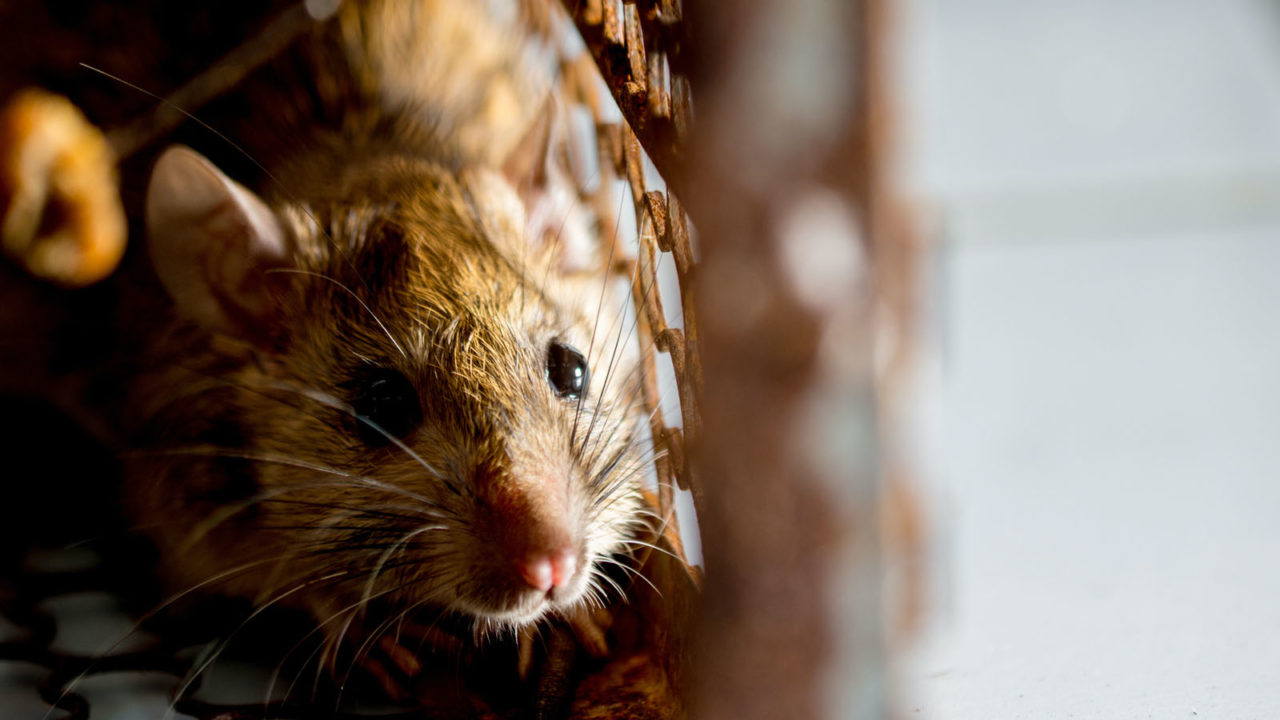Introduction:
Harnessing the power of natural predators is an
eco-friendly and effective way to control rodent populations in your yard.
Encouraging wildlife that preys on rodents not only helps manage pest issues
but also contributes to the overall balance of your local ecosystem. In this
article, we'll explore practical steps to attract and support natural predators
of rodents in your yard.
1. Provide Suitable Habitats:
1.1 Create Nesting Sites:
Install birdhouses, owl boxes, and nesting
structures to attract birds of prey, such as owls and hawks. These birds are
natural predators of rodents and can help keep their populations in check.
1.2 Brush Piles and Rock Structures:
Create brush piles and rock structures to offer
hiding spots for snakes. Many snake species are effective rodent hunters and
can contribute to natural pest control.
1.3 Maintain Natural Vegetation:
Preserve or plant native vegetation that provides
cover and hunting grounds for predators. Tall grass, shrubs, and trees offer
suitable hiding places for animals that prey on rodents.
2. Encourage Birds of Prey:
2.1 Perches and Roosting Sites:
Install perches and roosting sites to attract birds
of prey like owls and hawks. These predatory birds use elevated vantage points
for hunting, making your yard an attractive location.
2.2 Bird Feeders:
Install bird feeders to attract smaller birds that
are part of the natural food chain. Birds like kestrels and red-tailed hawks
may be drawn to the area in search of prey.
3. Provide Water Sources:
3.1 Bird Baths and Water Features:
Birds of prey and other predators need access to
water. Install bird baths, ponds, or other water features to attract and
support a diverse range of wildlife.
4. Maintain a Rodent-Friendly Diet for
Predators:
4.1 Plant Berries and Seeds:
Cultivate plants that produce berries and seeds,
attracting birds and small mammals that are natural predators of rodents.
4.2 Insects and Grubs:
Create environments that support insects and grubs,
which are a food source for many predator species. Avoid using pesticides that
can harm beneficial insects.
5. Limit Rodent Attractants:
5.1 Secure Garbage Bins:
Ensure garbage bins have tight-fitting lids to
reduce the availability of food sources that attract rodents. Proper waste
management can discourage rodents and attract their natural predators.
5.2 Secure Pet Food:
Avoid leaving pet food outdoors, especially
overnight. Rodents are attracted to pet food, and limiting this food source can
encourage predators to seek rodents elsewhere.
6. Be Mindful of Chemical Use:
6.1 Avoid Harmful Chemicals:
Minimize the use of harmful chemicals, pesticides,
and rodenticides in your yard. These substances can have unintended
consequences on the health of natural predators.
7. Install Motion-Activated Lights:
7.1 Increase Visibility at Night:
Install motion-activated lights to increase
visibility at night. Nocturnal predators like owls may be more active in
well-lit areas, contributing to rodent control.
8. Consult with Wildlife Experts:
8.1 Seek Professional Advice:
Consult with local wildlife experts or conservation
organizations for guidance on attracting and supporting natural predators in
your specific region. They can provide insights into native species and habitat
preferences.
Conclusion:
Attracting and supporting natural predators of
rodents in your yard requires a thoughtful and ecologically conscious approach.
By providing suitable habitats, encouraging diverse wildlife, and minimizing
factors that attract rodents, you can create a balanced ecosystem that promotes
natural pest control. Embracing these practices not only benefits your yard but
contributes to the overall health and biodiversity of your local environment.

No comments:
Post a Comment